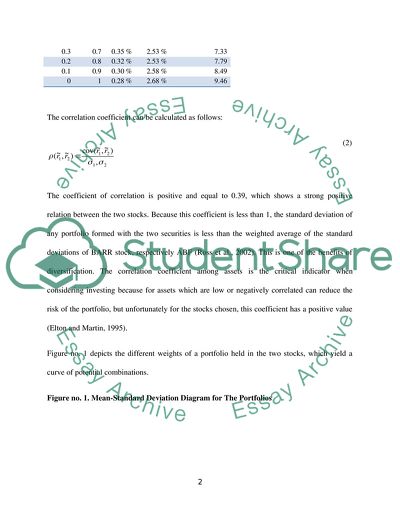Cite this document
(Risk Management Assignment Example | Topics and Well Written Essays - 2500 words, n.d.)
Risk Management Assignment Example | Topics and Well Written Essays - 2500 words. https://studentshare.org/finance-accounting/1781183-risk-management
Risk Management Assignment Example | Topics and Well Written Essays - 2500 words. https://studentshare.org/finance-accounting/1781183-risk-management
(Risk Management Assignment Example | Topics and Well Written Essays - 2500 Words)
Risk Management Assignment Example | Topics and Well Written Essays - 2500 Words. https://studentshare.org/finance-accounting/1781183-risk-management.
Risk Management Assignment Example | Topics and Well Written Essays - 2500 Words. https://studentshare.org/finance-accounting/1781183-risk-management.
“Risk Management Assignment Example | Topics and Well Written Essays - 2500 Words”. https://studentshare.org/finance-accounting/1781183-risk-management.


